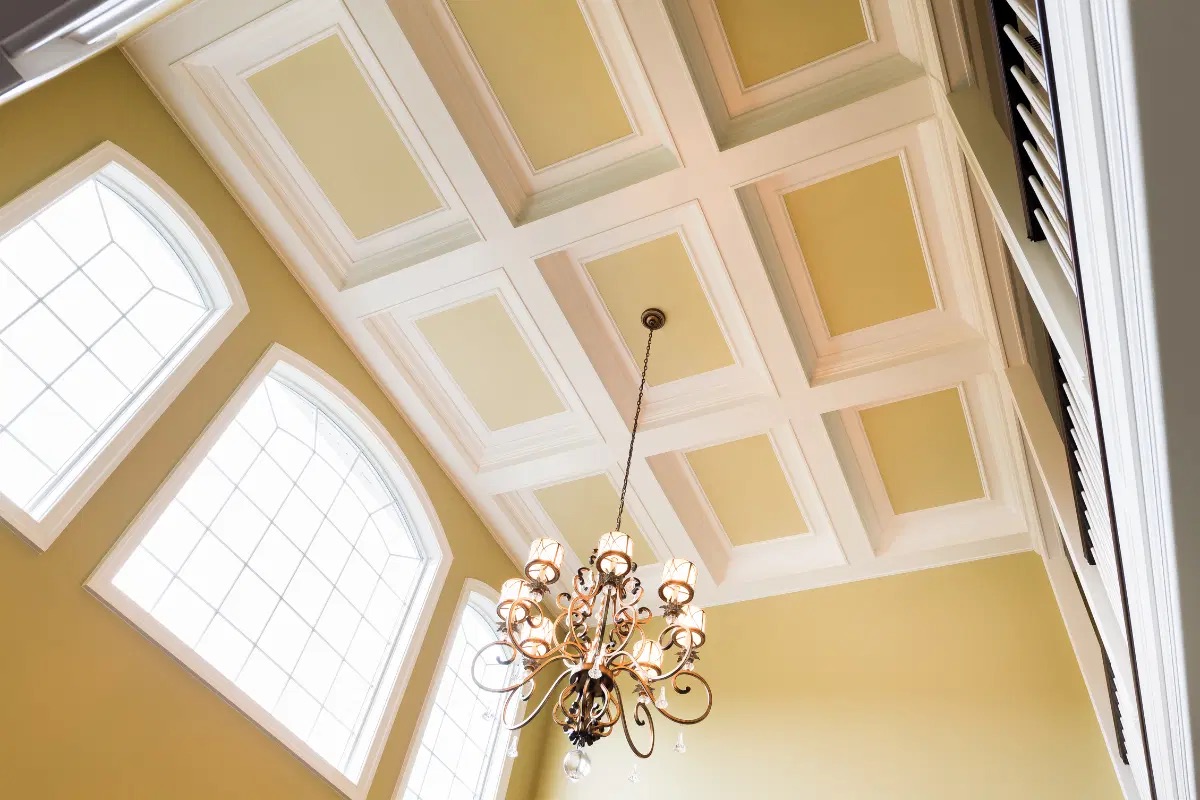

Articles
What Is The Cheapest Way To Cover A Ceiling
Modified: February 21, 2024
Looking for the most affordable option to cover your ceiling? Read our informative articles for tips on finding the cheapest way to achieve the desired look.
(Many of the links in this article redirect to a specific reviewed product. Your purchase of these products through affiliate links helps to generate commission for Storables.com, at no extra cost. Learn more)
Introduction
When it comes to home improvement projects, covering a ceiling is often a task that many homeowners face. Whether you have an unsightly popcorn ceiling or simply want to add a touch of style to your space, finding the cheapest way to cover a ceiling is a common goal. Luckily, there are several budget-friendly options available that can transform the look of your ceiling without breaking the bank.
In this article, we will explore six of the cheapest ways to cover a ceiling. From simple painting techniques to creative alternatives, you’ll discover various options that can help you achieve a beautiful and affordable ceiling makeover.
Whether you’re a DIY enthusiast or a homeowner on a tight budget, this article will provide you with the information you need to determine the best and most cost-effective solution for covering your ceiling. So let’s dive in and explore the options!
Key Takeaways:
- Transform your ceiling on a budget with options like painting, wallpaper, ceiling tiles, beadboard, paneling, and drywall alternatives. Each option offers unique benefits to enhance your space affordably.
- Consider your budget, style, and expertise when choosing the cheapest way to cover a ceiling. From DIY-friendly painting to durable ceiling tiles, there’s a cost-effective solution to elevate your home’s aesthetics.
Read more: What Is The Cheapest Ground Cover
Option 1: Paint
One of the most affordable and versatile options for covering a ceiling is to simply paint it. Painting a ceiling can instantly transform the look of a room, giving it a fresh and updated appearance.
To get started, you’ll need to choose the right paint color for your ceiling. Opt for lighter shades if you want to create a sense of space and brightness in the room, or go for a darker hue to add drama and depth. It’s important to consider the overall color scheme of your space and ensure that the ceiling color complements the walls and other elements in the room.
Before you begin painting, make sure to properly prepare the ceiling by cleaning it to remove any dirt, dust, or stains. Use a primer to create a smooth and even surface for the paint to adhere to. This step is particularly important if you’re painting over a textured or stained ceiling. Once the primer is dry, you can apply the paint using a roller or a paint sprayer.
If you want to add some visual interest to your ceiling, consider using decorative painting techniques. You can create a faux finish, such as a textured or metallic effect, by using special techniques and tools. This can add depth and character to your ceiling without the need for expensive materials.
Painting your ceiling is not only cost-effective but also gives you the flexibility to change the color in the future if you desire a different look. It’s a simple and DIY-friendly option that can make a big impact on the overall aesthetic of your space.
However, it’s important to note that painting a ceiling can be a time-consuming task, especially if you have a large space. Additionally, if your ceiling has any imperfections or water damage, it may require additional preparation work and repair before painting. Keep these factors in mind when considering this option.
Option 2: Wallpaper
If you’re looking for a more decorative and visually appealing option to cover your ceiling, choosing wallpaper is a fantastic choice. Wallpaper can add texture, pattern, and personality to a room, transforming the look of your ceiling in a unique and stylish way.
When selecting wallpaper for your ceiling, keep in mind that lighter colors and patterns with smaller prints tend to work best. These choices can help create an illusion of height and space, making the room feel larger and more open. However, you can also experiment with bolder patterns and colors if you want to make a statement and add a focal point to the ceiling.
Before applying wallpaper, it’s important to properly prepare the ceiling surface. Make sure it is clean, smooth, and free from any bumps or imperfections. If necessary, you may need to apply a primer to create a suitable base for the wallpaper adhesive. Measure the dimensions of your ceiling and cut the wallpaper accordingly, leaving a slight overhang to trim later.
Applying wallpaper to the ceiling can be a bit challenging due to the overhead position. It’s recommended to have a helper to assist you in holding and positioning the wallpaper. Use a wallpaper brush or roller to smooth out any air bubbles or creases as you move along.
One of the great advantages of using wallpaper is that it offers a wide range of design options to suit your personal style and preferences. From subtle textures to bold prints, the choices are endless. You can even find removable wallpaper that allows you to change the design whenever you want without damaging the ceiling.
However, it’s important to note that wallpaper installation can be time-consuming and may require some level of expertise for a seamless and professional-looking result. If you’re considering this option, it’s advisable to consult with a professional or watch tutorial videos to ensure a successful installation.
With the right choice of wallpaper, you can easily transform your ceiling into a stunning focal point that enhances the overall aesthetics of your space.
Option 3: Ceiling Tiles
If you’re looking for a durable and cost-effective solution to cover your ceiling, ceiling tiles are a fantastic option to consider. Ceiling tiles are available in a variety of materials, including foam, polystyrene, PVC, and even metal, offering a wide range of styles and finishes to suit any decor.
Ceiling tiles are relatively easy to install and can be a great DIY project for homeowners. Most tiles come with a self-adhesive backing or can be glued directly onto the ceiling surface. Some tiles are designed to interlock, creating a seamless and professional-looking finish.
When choosing ceiling tiles, consider the overall style and theme of your space. For a classic and elegant look, opt for decorative tiles with intricate patterns and designs. If you prefer a more modern and minimalist aesthetic, choose tiles with a smooth and seamless surface.
Ceiling tiles not only cover imperfections on your ceiling but also provide additional insulation and soundproofing. This can help in reducing noise and improving the energy efficiency of your space.
Another advantage of ceiling tiles is that they are easy to maintain and clean. Most tiles can be wiped clean with a damp cloth or sponge, making them a practical choice for spaces prone to moisture or dirt accumulation.
While ceiling tiles offer many benefits, it’s important to note that some types of tiles may require additional installation accessories, such as grid systems or adhesives. These accessories can add to the overall cost, so it’s important to consider your budget when choosing ceiling tiles as your preferred option.
Ceiling tiles are a versatile and affordable choice for covering a ceiling. Whether you want to add a touch of elegance or achieve a modern look, ceiling tiles can provide a quick and stylish solution for transforming your space.
Consider using paint or fabric to cover a ceiling as they are cost-effective options. Paint can give a clean, modern look, while fabric can add texture and warmth to the space. Both options are budget-friendly and easy to apply.
Option 4: Beadboard
Beadboard is a charming and cost-effective option to cover your ceiling, especially if you’re looking to add a touch of rustic or cottage-style charm to your space. Beadboard consists of narrow tongue-and-groove strips of wood or composite materials that create a visually appealing vertical pattern.
Installing beadboard on your ceiling is a relatively straightforward process that can be done as a DIY project or with the help of a professional. You can choose between individual beadboard planks or large panels, depending on your preference and the size of your ceiling.
Before installing beadboard, make sure to measure your ceiling and plan the layout accordingly. Cut the beadboard to fit the dimensions of your ceiling, allowing for any necessary adjustments around light fixtures or vents. It’s recommended to use construction adhesive and nails to secure the beadboard to the ceiling for a sturdy installation.
Beadboard not only adds visual interest to your ceiling but also provides insulation and helps to hide any imperfections or unevenness. It can create a cozy and inviting atmosphere in any room, making it a popular choice for bedrooms, living rooms, and kitchens.
One of the advantages of beadboard is its versatility. It can be left in its natural wood finish for a rustic look or painted in a color of your choice to match your decor. This flexibility allows you to customize the appearance of your ceiling to suit your personal style.
However, it’s important to note that beadboard requires regular maintenance to preserve its beauty and durability. Depending on the material, you may need to seal or repaint the beadboard periodically to protect it from moisture or wear and tear.
If you’re looking for an affordable and aesthetically pleasing option to cover your ceiling, beadboard is a fantastic choice. It adds character and warmth to any space, creating a cozy and inviting atmosphere that is sure to impress.
Read more: What Is The Cheapest Fence
Option 5: Paneling
If you’re seeking a contemporary and sleek option to cover your ceiling, paneling is an excellent choice. Paneling is a cost-effective way to achieve a modern and stylish look, adding depth and texture to your space.
There are various types of paneling materials available, such as wood, MDF (medium-density fiberboard), or PVC. Each material offers different benefits and can be chosen based on your budget and desired aesthetic.
Installing paneling on your ceiling is a relatively straightforward process. Begin by measuring your ceiling and cutting the panels to fit. Make sure to leave space for any necessary adjustments around light fixtures or vents. Paneling can typically be attached using adhesive or nails, depending on the specific paneling material and your personal preference.
The great advantage of paneling is its versatility and the range of design options available. You can choose from various panel styles, such as shiplap, beadboard, or flat panels, depending on the desired look and atmosphere of your space.
Paneling can be left in its natural finish for a clean and contemporary appearance. However, you can also paint or stain it to match your decor and add a pop of color or warmth to the room.
Paneling is a durable option that is easy to clean and maintain. It can withstand moisture, making it suitable for areas prone to humidity, such as bathrooms or basements.
While paneling is generally an affordable option for covering a ceiling, the cost can vary depending on the material and style you choose. Consider your budget and the overall aesthetics you wish to achieve when selecting paneling for your ceiling.
Paneling offers a modern and sophisticated look that can completely transform the atmosphere of any space. Whether you prefer a subtle and minimalist approach or want to make a bold statement, paneling can be a stylish and affordable option for covering your ceiling.
Option 6: Drywall Alternative
If you’re looking for a cost-effective and versatile option to cover your ceiling, considering a drywall alternative can be a great choice. Traditional drywall installation can be expensive and time-consuming, but there are several alternatives available that offer a more budget-friendly and convenient solution.
One popular drywall alternative is ceiling planks or panels made from materials such as wood, vinyl, or laminate. These planks come in various sizes and finishes, allowing you to create a unique and stylish look for your ceiling.
Installation of ceiling planks is relatively straightforward and requires minimal tools and expertise. The planks can be easily attached to the ceiling using adhesive or nails, creating a seamless and professional-looking finish. Depending on the material chosen, some planks may also offer additional benefits, such as moisture resistance or acoustic properties.
Another drywall alternative is using ceiling tiles that mimic the look of traditional drywall but are much easier to install and maintain. These tiles are usually made from lightweight materials such as foam or polystyrene and can be glued directly to the ceiling surface. They often come in different textures and patterns, allowing you to achieve a unique and customized look.
These drywall alternatives not only offer cost savings but also make repairs and modifications easier. If a section of the ceiling gets damaged or needs to be replaced, individual planks or tiles can be removed and replaced without the need for extensive repairs.
Furthermore, using a drywall alternative provides an opportunity to enhance the aesthetics of your ceiling. You can choose from a variety of finishes, such as wood-grain, smooth, or textured, to create the desired look for your space. Some alternatives even offer the option to paint or stain the surface to match your decor.
It’s important to note that while drywall alternatives offer many benefits, they may not be as durable or long-lasting as traditional drywall. Consider the specific material and its suitability for the area you’re covering. Additionally, ensure that the installation is done properly to avoid any issues in the future.
Drywall alternatives provide a cost-effective and convenient solution for covering your ceiling. Whether you choose ceiling planks or tiles, these options offer versatility, style, and ease of installation, making them an attractive choice for homeowners on a budget.
Conclusion
In conclusion, covering a ceiling can significantly transform the look and feel of a room, and there are several budget-friendly options available to achieve this. From painting and wallpaper to using ceiling tiles, beadboard, paneling, or drywall alternatives, each option offers its own unique benefits and style.
Painting the ceiling is a simple and cost-effective option that allows for easy color changes in the future. Wallpaper provides a more decorative and customizable solution, adding texture and patterns to the ceiling. Ceiling tiles offer durability, insulation, and soundproofing, while beadboard brings a rustic and charming touch to any space. Paneling provides a modern and sleek look with various design options, while drywall alternatives offer affordability and easier installation and repairs.
When choosing the cheapest way to cover a ceiling, it’s essential to consider your budget, desired style, and level of expertise. Some options, like painting or wallpaper, can be done as DIY projects, while others may require professional assistance.
Regardless of the option you choose, taking the time to properly prepare the ceiling surface and ensuring proper installation will result in a beautiful and long-lasting finish. Maintenance and regular cleaning should also be considered to preserve the aesthetics of the covered ceiling.
Ultimately, the cheapest way to cover a ceiling will depend on your specific needs, preferences, and budget. By exploring these different options and considering the specific requirements of your space, you can find a cost-effective solution that enhances the overall aesthetics of your home.
Frequently Asked Questions about What Is The Cheapest Way To Cover A Ceiling
Was this page helpful?
At Storables.com, we guarantee accurate and reliable information. Our content, validated by Expert Board Contributors, is crafted following stringent Editorial Policies. We're committed to providing you with well-researched, expert-backed insights for all your informational needs.
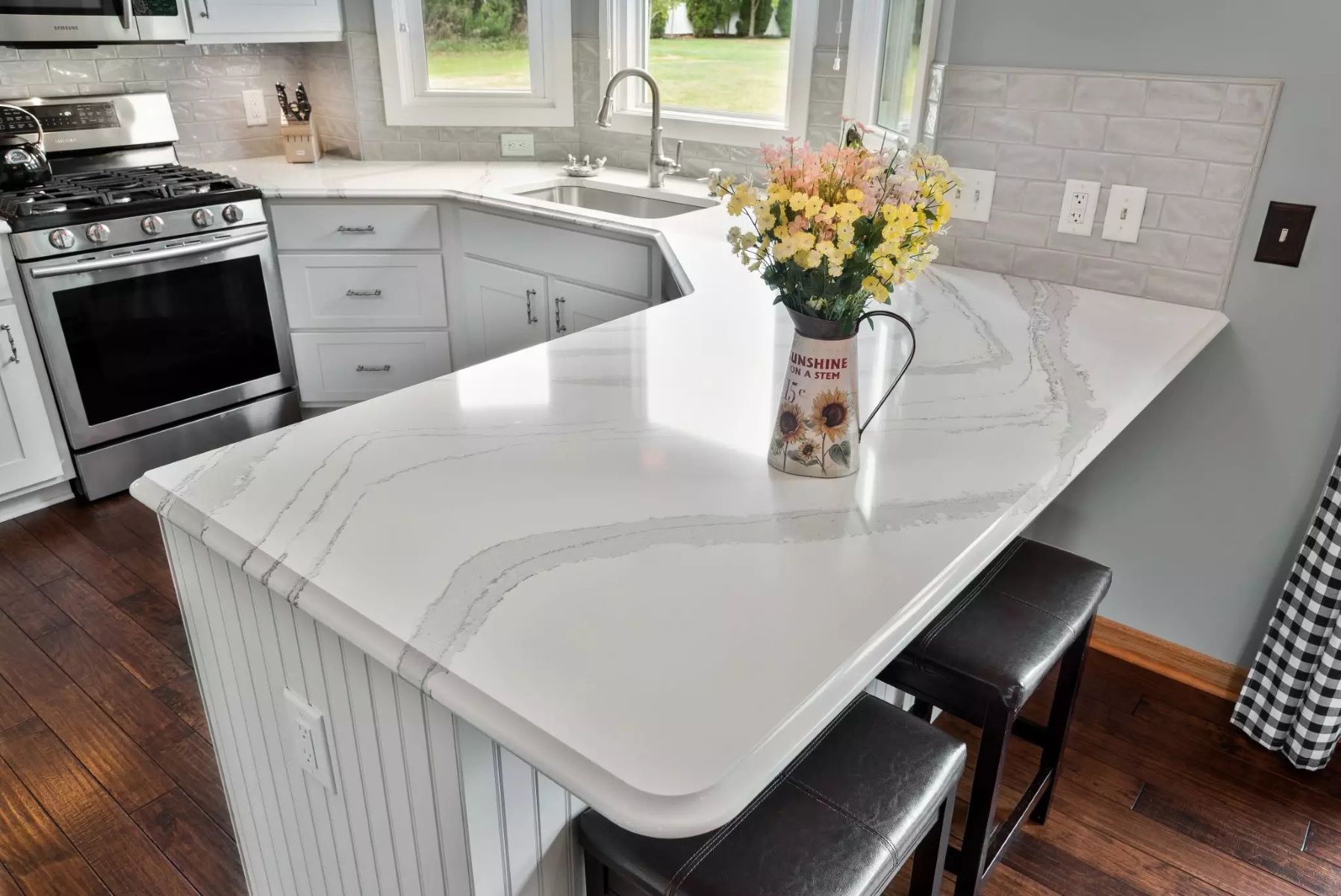
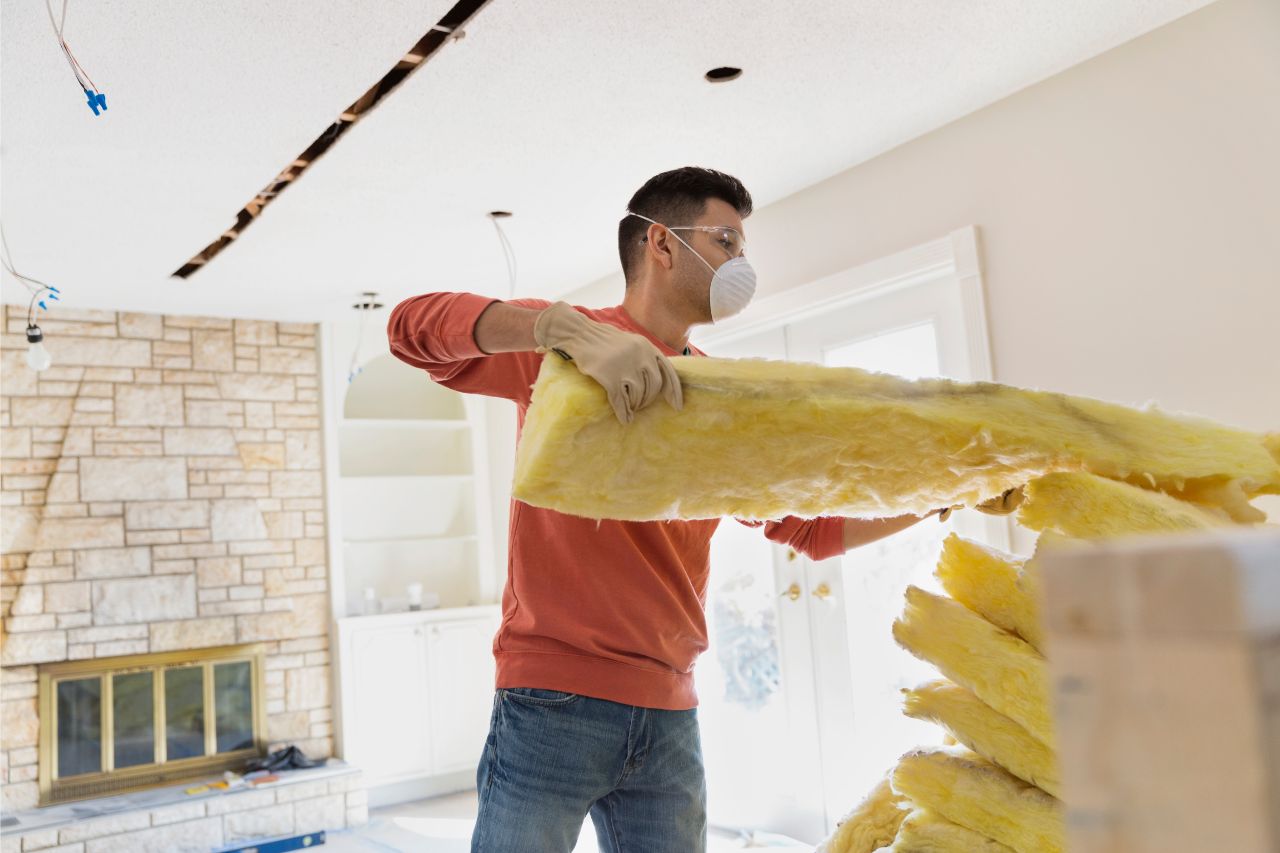
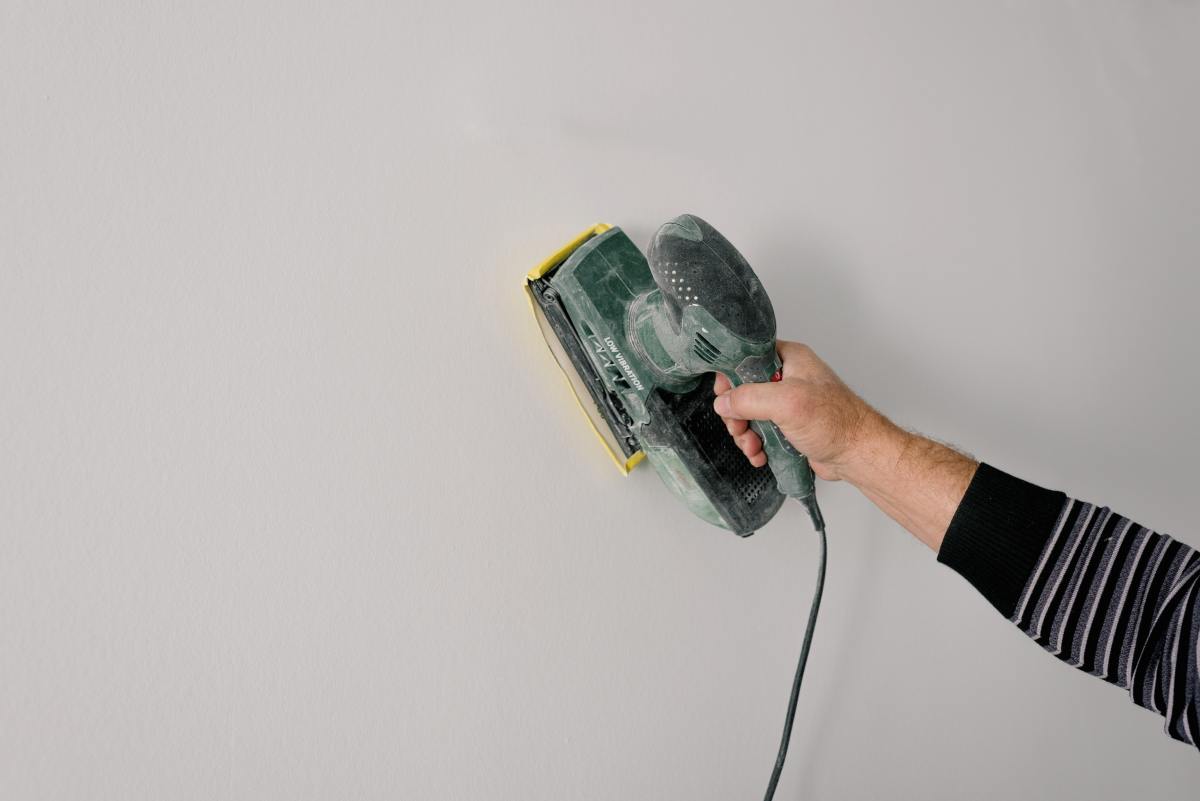
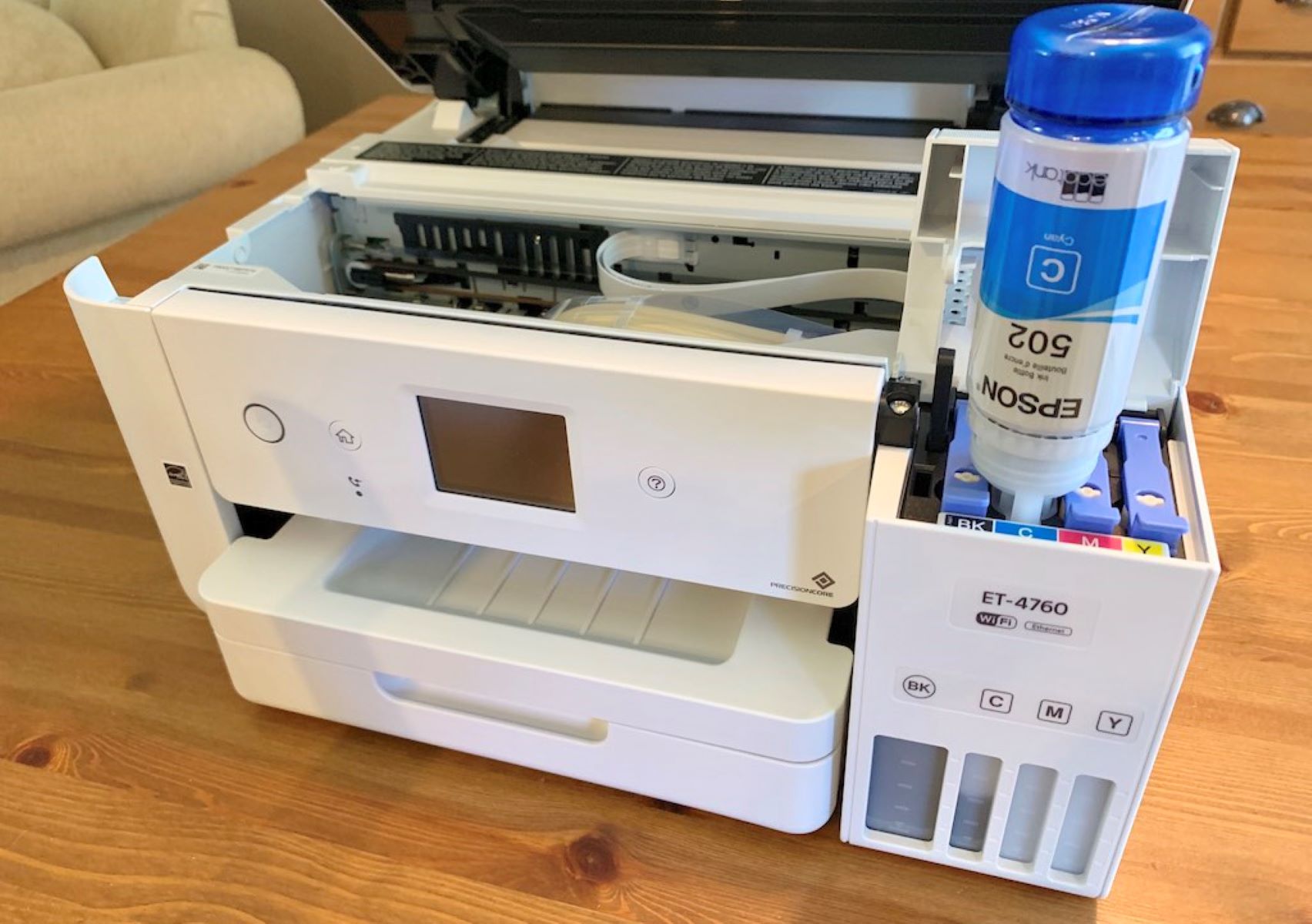
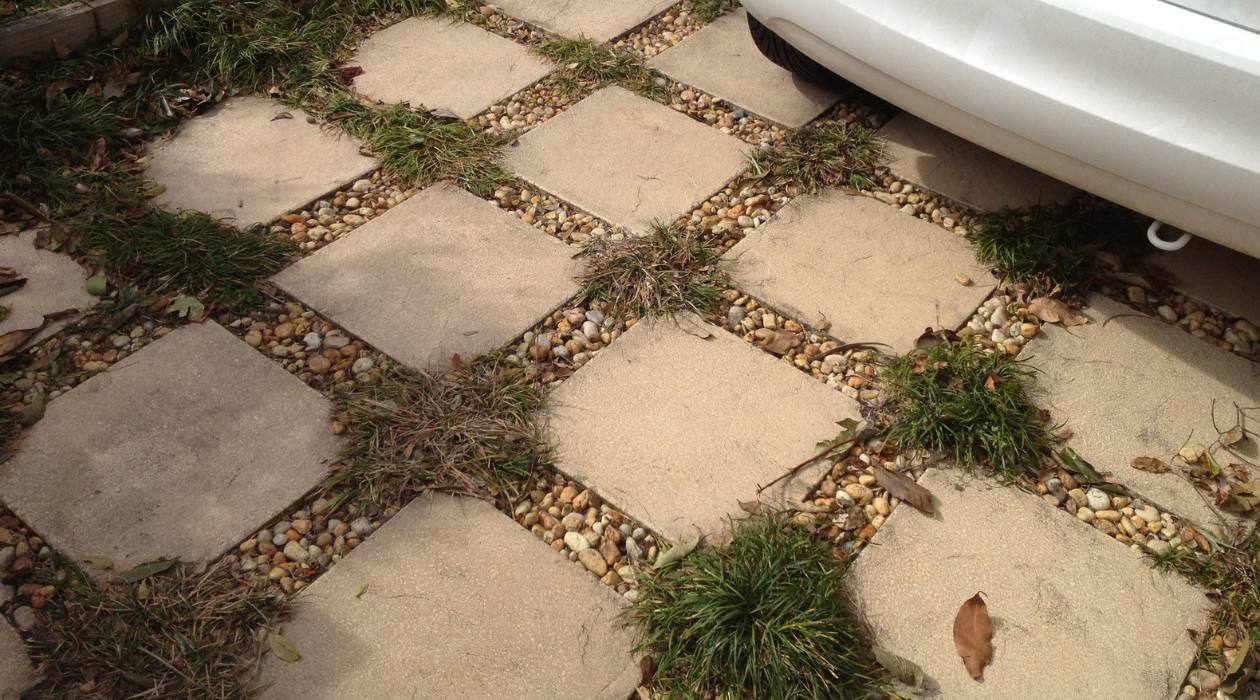
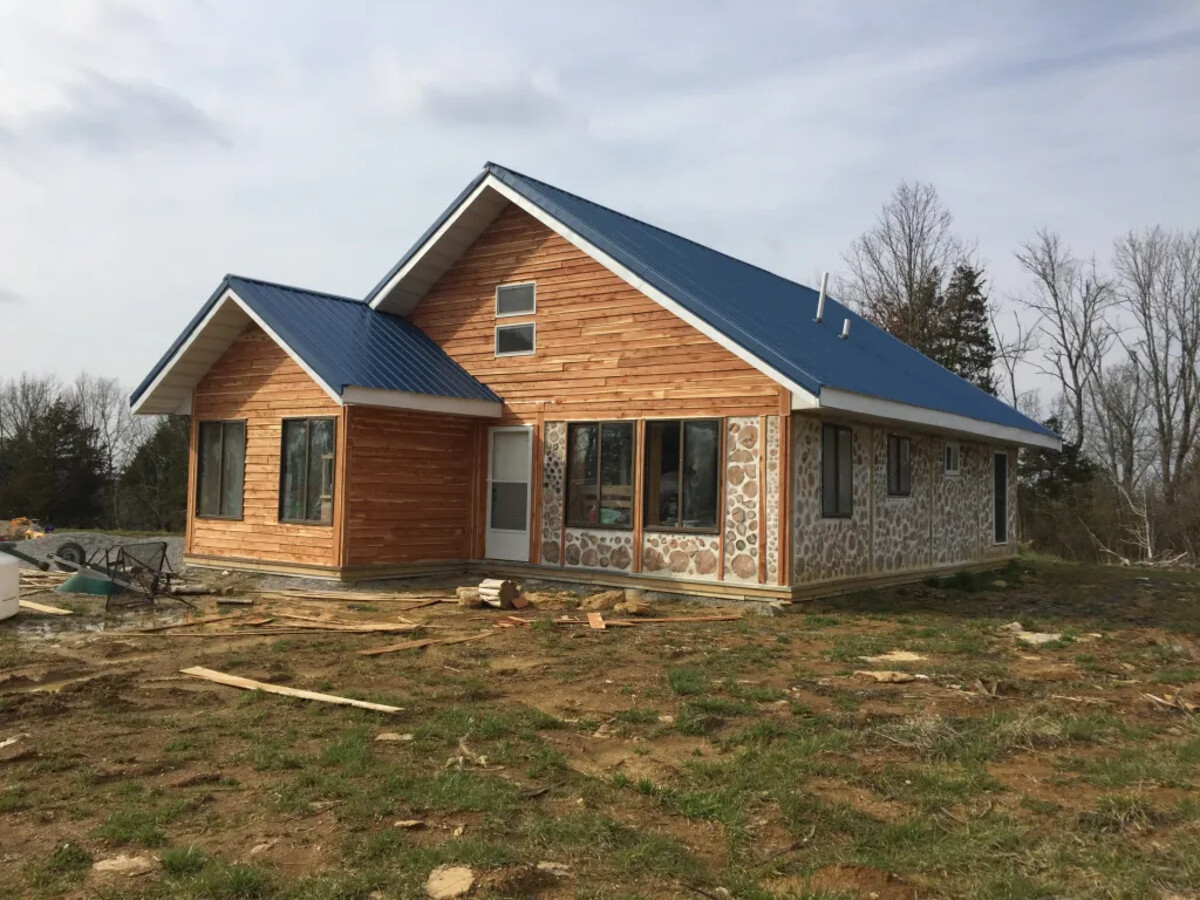

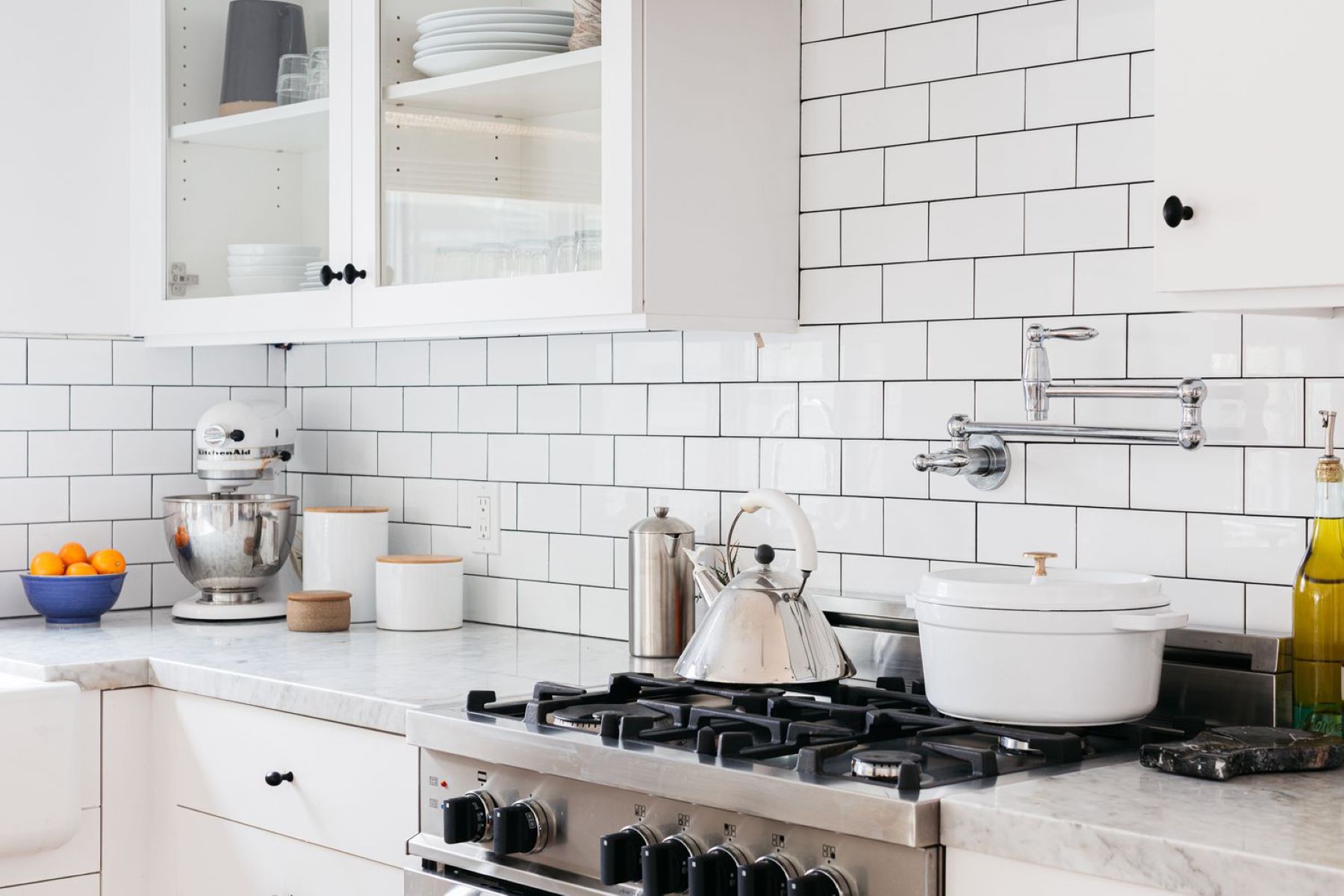
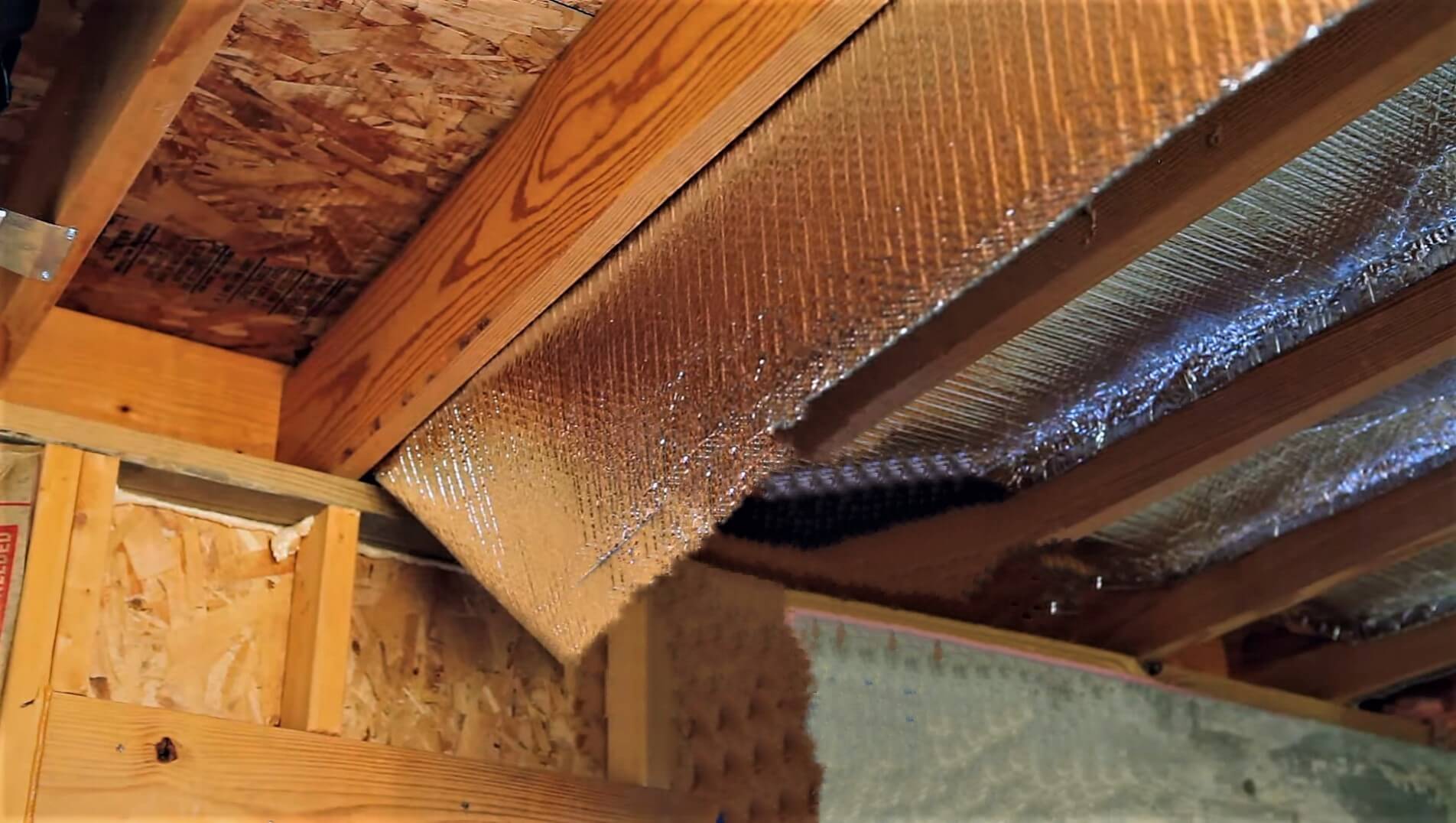
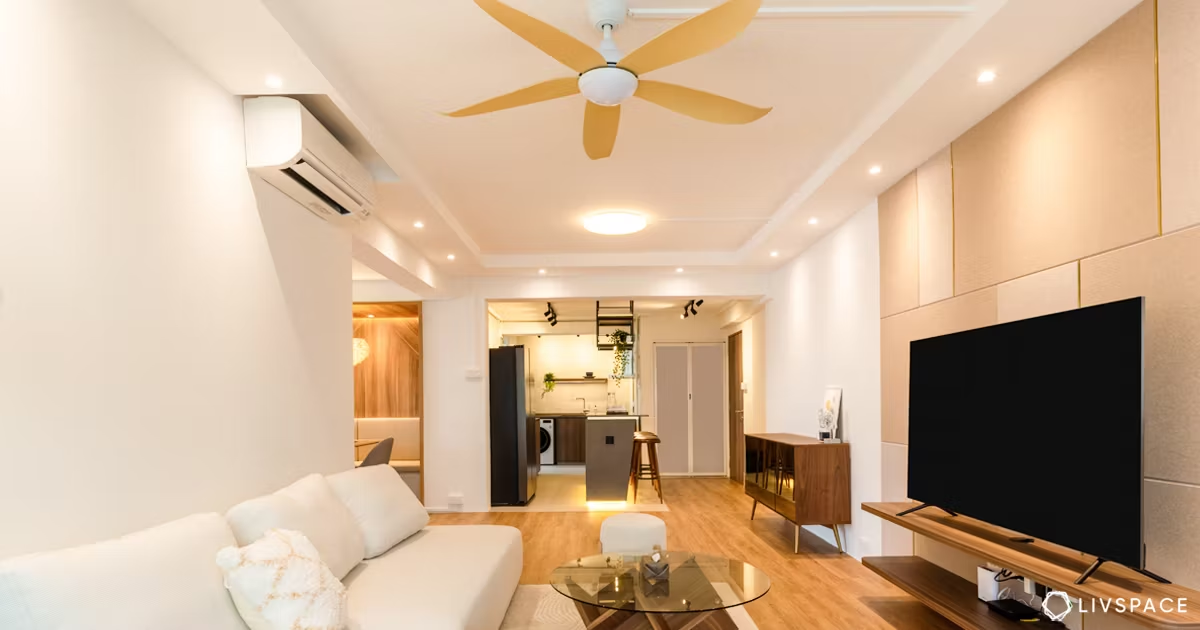
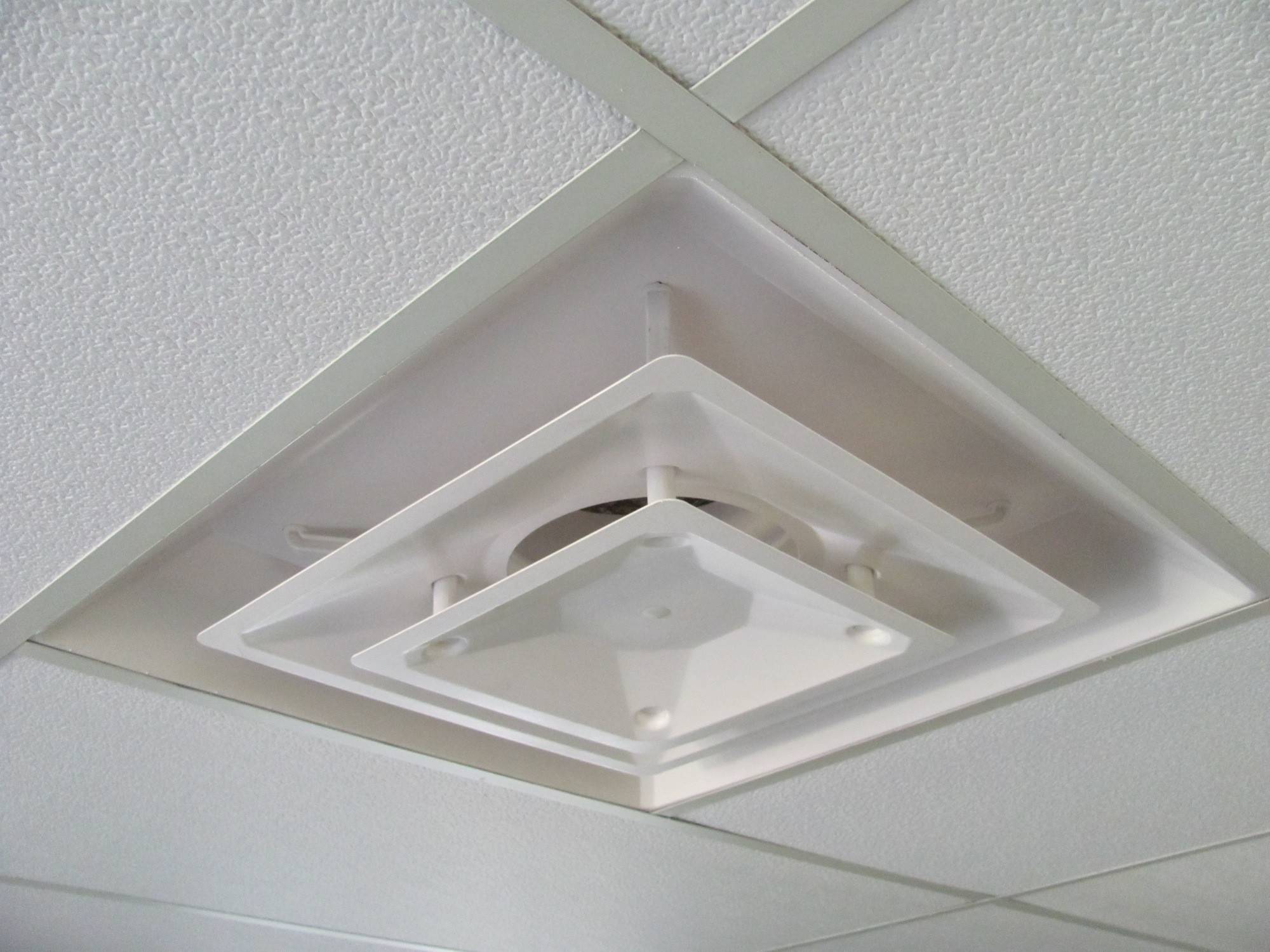
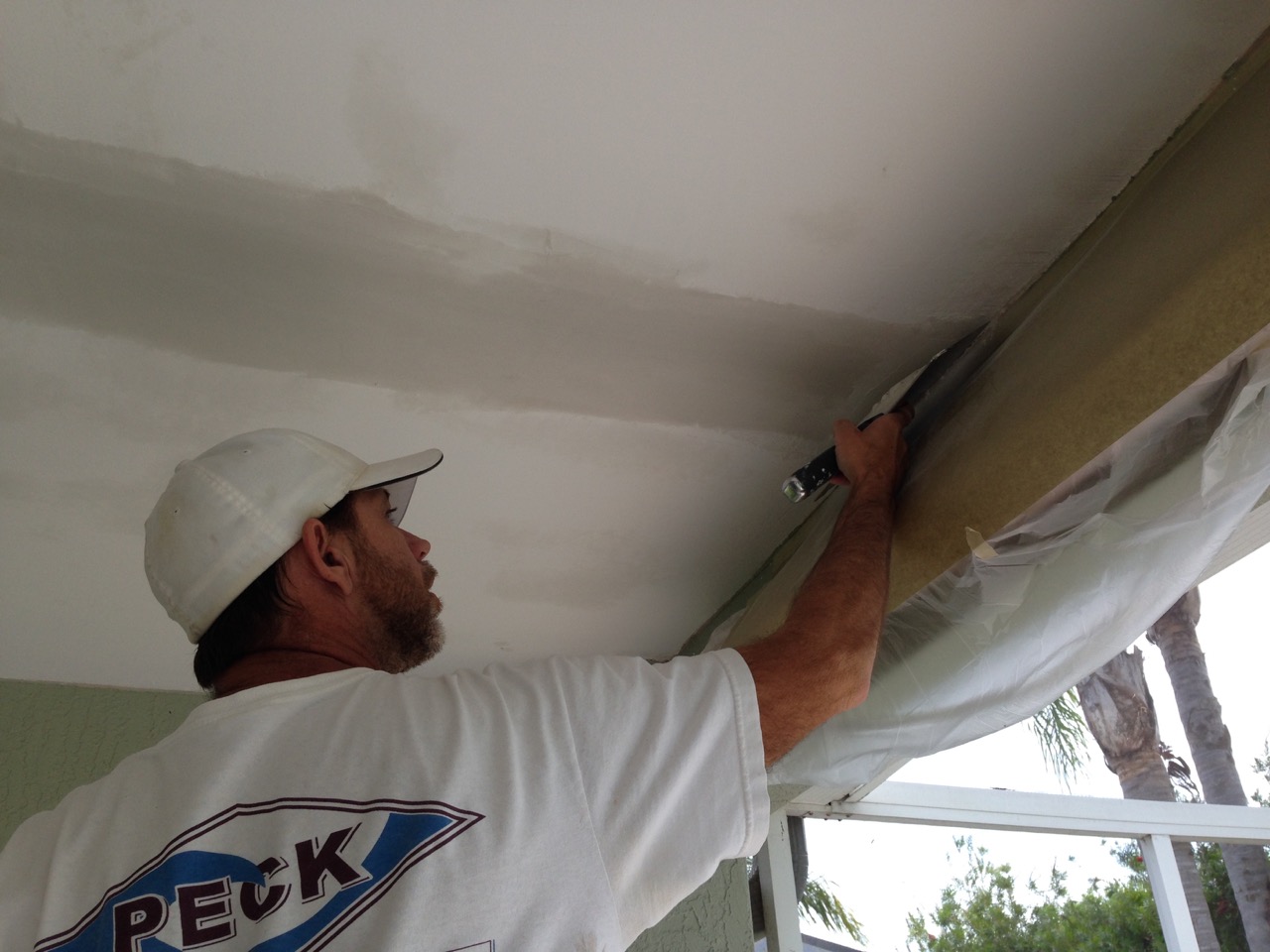
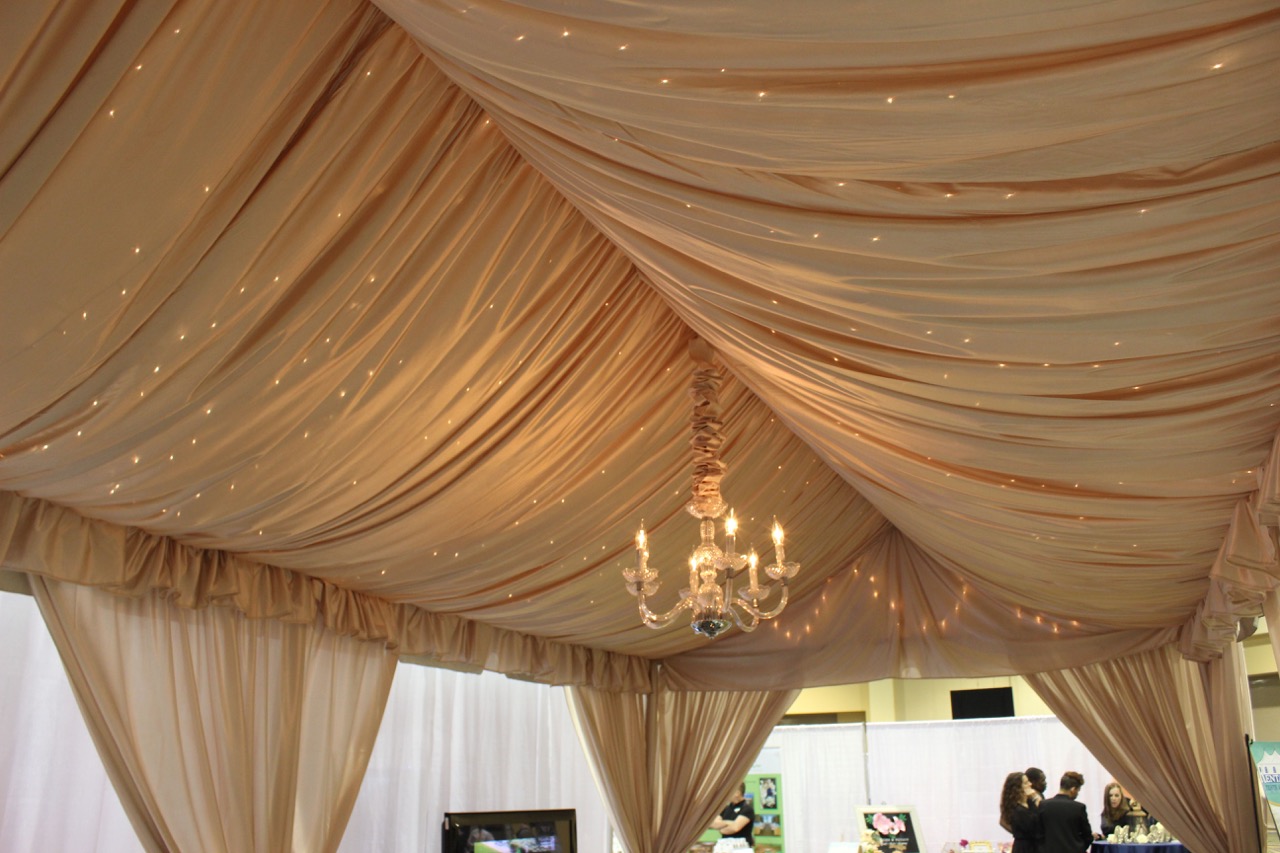
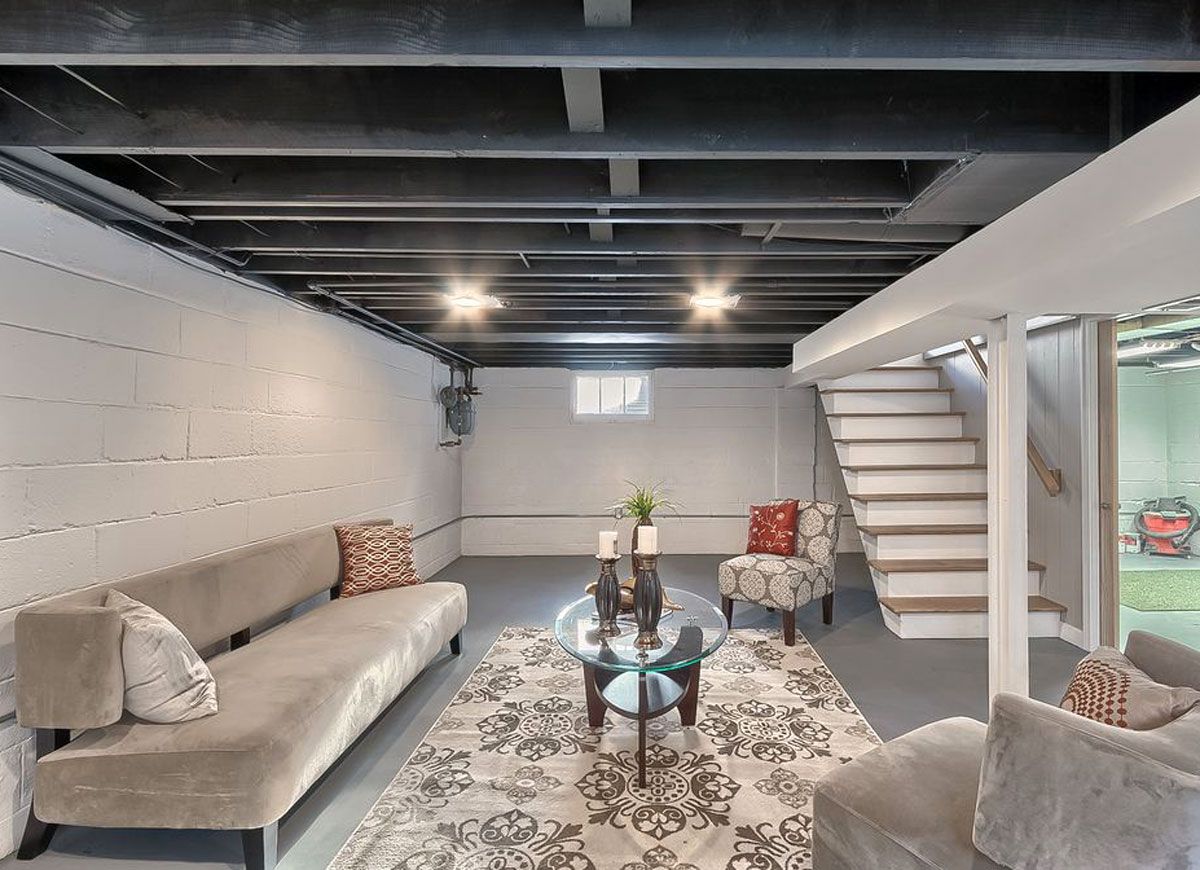

0 thoughts on “What Is The Cheapest Way To Cover A Ceiling”